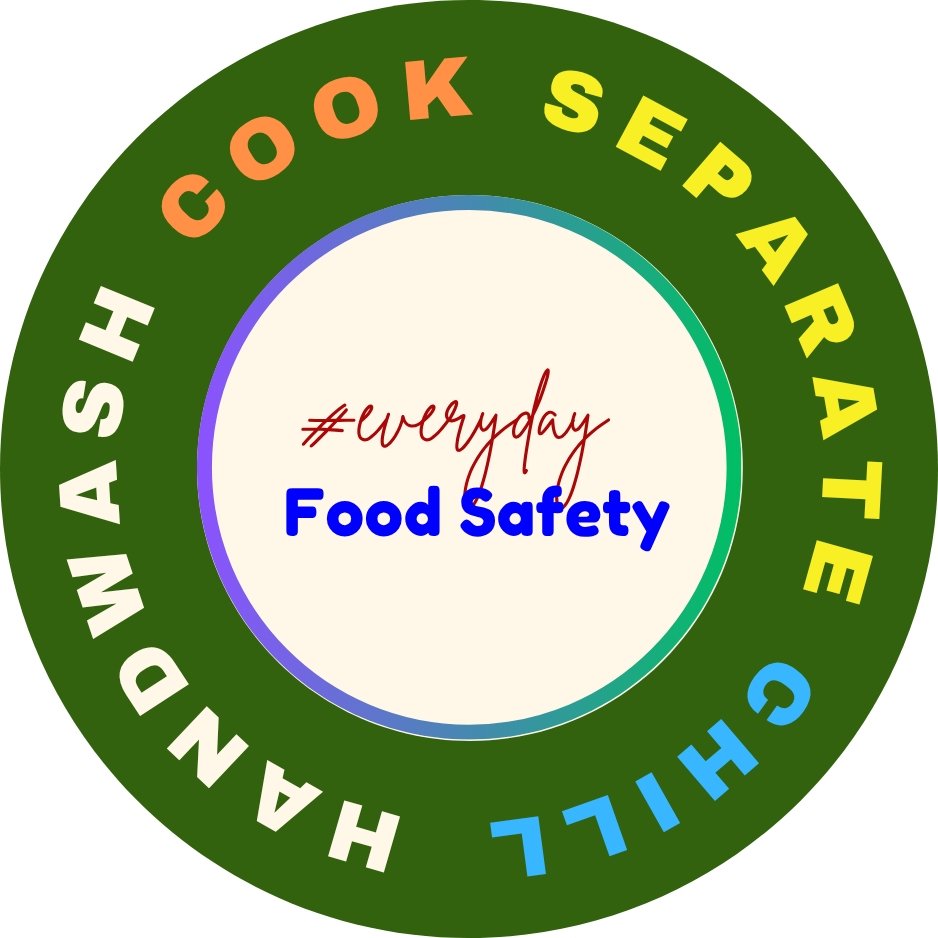Everyday Food Safety
What is HACCP (Hazard Analysis and Critical Control Points) for Food Safety?
HACCP is a science-based, preventive food safety system created to identify and manage potential hazards during every stage of food production. These hazards include physical, chemical, and biological risks.
Five Preliminary Steps
1. Assemble a HACCP team. Management must appoint a trained HACCP team leader and members, and document their roles and qualifications. Form a cross-functional team that includes management, quality assurance, production staff, and even maintenance. Each member should have a clear role in monitoring, documentation, and corrective actions.
Records: Appointment letters, training certificates, job descriptions.
2. Describe the Product. Document your product’s name, description, packaging, shelf life, and storage requirements. This helps assess risks accurately. For example, a ready-to-eat salad will have different hazards compared to frozen meat.
Records: Product specification sheets, process descriptions, labels.
3. Identify Intended Use and Consumers. The HACCP team must determine who will consume the product—whether it is the general public or vulnerable groups, such as infants, pregnant women, or individuals with compromised immune systems.
Records: Intended use documentation, customer profiles, marketing briefs.
4. Create a Product Flow Diagram. The HACCP Team should develop a map of each step in the process. For products with the same risk profile, a shared diagram can be used.
Records: Flow diagram, product process chart, process narrative.
5. Verify the Flow Diagram On-Site
The HACCP team must ensure accuracy by comparing the diagram with actual operations. Reverify annually or after significant changes.
Records: Verification checklist, site audit reports, team validation signatures.
Seven HACCP Principles
1. Conduct a hazard analysis. The HACCP team must identify all potential hazards at each step of the process. Use a risk matrix to assess the severity and likelihood of risks.
Records: Hazard analysis worksheet, risk assessment matrix, hazard identification logs.
2. Identify Critical Control Points (CCPs)
The HACCP Team must pinpoint all steps where hazards can be eliminated or reduced to safe levels.
Records: CCP decision tree, CCP determination form.
3. Establish Critical Limits: The HACCP team must set measurable critical limits (e.g., temperature, pH) for each CCP based on scientific standards.
Records: Critical limit validation records, scientific references, and equipment calibration certificates.
4. Establish Monitoring Procedures
The HACCP Team must decide what to monitor, how frequently, and who is responsible. All monitoring activities must be recorded immediately.
Records: Monitoring logs, calibration records, and operator training logs.
5. Plan for Corrective Actions
The HACCP team must outline specific steps to take when a deviation occurs. Document all actions performed.
Records: Corrective action reports, deviation logs, product disposition forms.
6. Establish Verification Procedures
The HACCP team must regularly validate the entire HACCP system through audits, reviews, and recalibrations to ensure its effectiveness.
Records: Internal audit reports, verification checklists, validation reports.
7. Implement Documentation and Recordkeeping. The HACCP team must keep all HACCP-related forms, logs, and records properly signed, dated, and approved.
Records: HACCP manual, record retention schedule, signed forms, and reports.
Final Thoughts
A HACCP plan is not just a regulatory requirement — it’s a smart investment in your business’s reputation and growth. By following the steps in this guide and using our pre-designed templates, you can quickly create a professional, compliant HACCP plan tailored to your operation.
Ready to establish your HACCP Plan?
Don’t start from scratch! Save time and ensure compliance with our HACCP Forms and Templates — fully editable, science-based, and easy to implement.
And while you’re at it, complete your food safety system with our GMP Checklist — perfect for internal audits!
Download our free infographics here.





